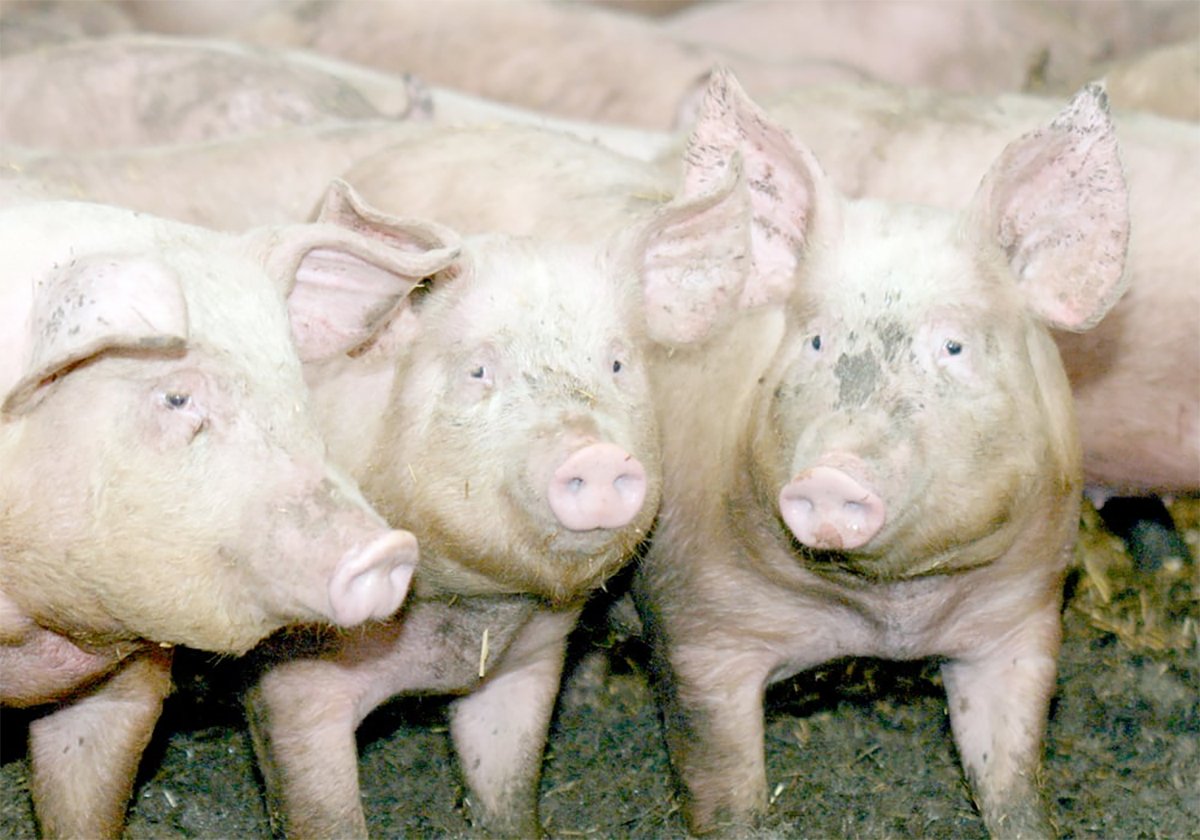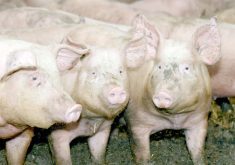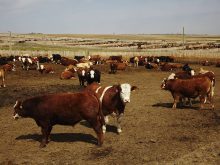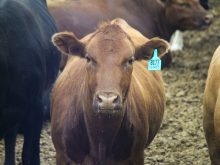Beef and forage specialists say cattle producers will likely have to turn to alternative feed this winter due to potential hay shortages.
For many parts of the Prairies, particularly in the southern regions, producers have been dealing with parched pastures and lower hay yields. Because of this, many may have to feed hay earlier than normal and turn to alternatives to keep cattle healthy throughout the winter.
If hauling in hay becomes an issue, producers can use straw in cattle diets to extend supplies, said Karin Lindquist, a beef and forage specialist with Alberta Agriculture.
Read Also

The Western Producer Livestock Report – November 13, 2025
Western Producer Livestock Report for November 13, 2025. See U.S. & Canadian hog prices, Canadian bison & lamb market data and sales insights.
While barley, wheat, pea and canola straws work, she said pea straw has more protein but has lower energy values than cereals.
“Canola is also gaining popularity,” she added. “Cows seem to like that one once they start getting used to it.”
As for voluntary intake, she said the intake of cereals tends to be lower than the intake of peas. As well, she said that if cereal straw with grain is being used, producers will need to add a mineral.
Travis Peardon, a livestock and feed extension specialist with Saskatchewan Agriculture, said straw will be the go-to for producers short on hay.
“The only option you have for winter feeding is finding some straw and adding some grain to make that work to stretch out the hay,” he said.
However, straw has its limits.
Lindquist said straw should only be fed to pregnant cows that aren’t lactating. She doesn’t recommend feeding it to lactating cows or growing calves.
She explained straw tends to be high in fibre and, when included in diets, it reduces a ration’s overall energy and protein level. Those levels are key for milk production and weight gain in growing animals.
As well, with diets higher in straw, she said animals might not eat as much as they should.
Producers should also be mindful of energy levels in the grain or pellet portion of the ration, Peardon added.
He said while pellets tend to be cheaper, they can be lower in energy than oats or barley depending on ingredients.
“It’s always important to figure out what is the cheapest source of energy,” he said. “Get a pencil out and see if it’s oats, barley or pellets.”
Feeding kochia also works, but Peardon cautioned that it should never take up more than 25 percent of the diet. High amounts can cause low calcium levels and potentially lead to death.
“Kochia had a tremendous year this year. There is lots of it,” he said. “It can be used but with some caution.”
What’s crucial, according to the specialists, is that producers get their feed tested to know exactly what they are dealing with.
“Even if it’s just straw, then a person can know what they have and the type of quality,” Lindquist said.
Pearson said once producers know what kind of feed they’re dealing with, they should develop a plan for the winter. He said specialists are always available for help.
“We can help producers with winter feeding options, especially producers feeding non-traditional feed,” he said. “We can help make sure cows are meeting their requirements.”
There are also other options available for producers if feed becomes short overall.
According to Alberta Agriculture, farmers and ranchers can move some of their herd to custom feeding. The provincial department recommends that if cows are moved, they should be moved at a rate that equals the feed shortage rate. For example, if someone is short 25 percent in feed, they should move 25 percent of their herd.
While that will alleviate the need for producers to haul in feed, producers should take into account the costs of someone tending their animals, as well as the cost of hauling their animals twice.
Producers can also sell a portion of the herd and buy back heifers. By doing so, they could be able to maintain full production because they would theoretically have the same number of calves by the end of the next production year.
Finally, producers can sell a portion of the herd and only use homegrown heifers to re-grow the herd until it’s back to its original size. Alberta Agriculture said loss of revenue needs to be considered, but losses would be offset by excess feed that could be stored for inventory or sold.
















